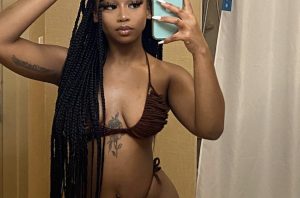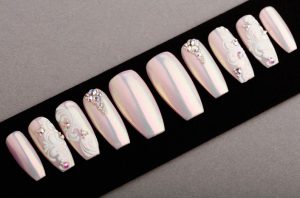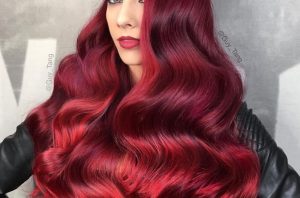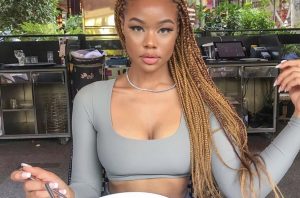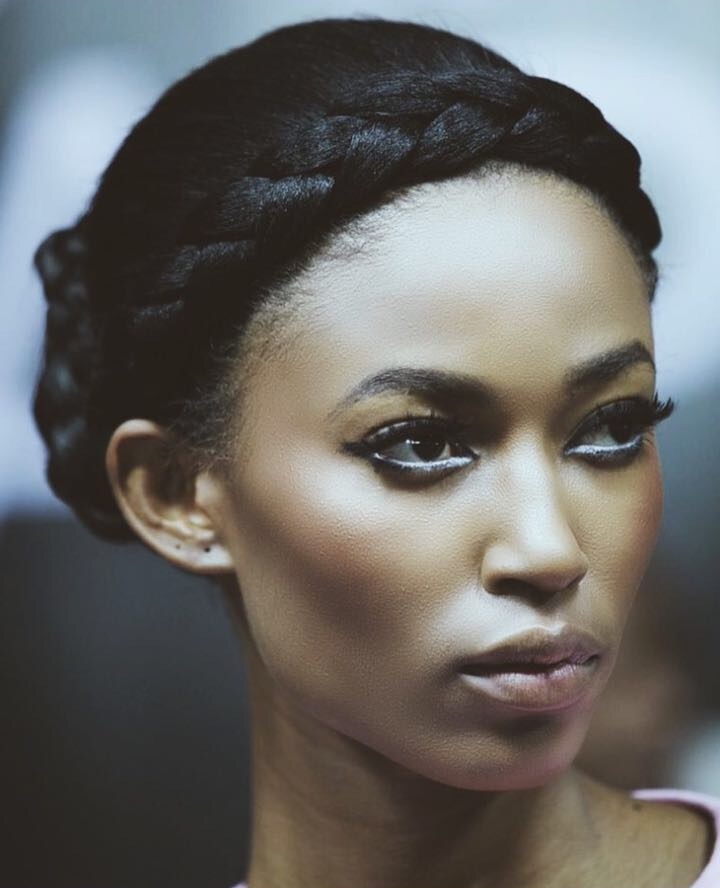
I interpret the term “classically beautiful” as something of timeless quality as well as something that finds itself enshrined or celebrated in the classics and long-standing cultural artefacts (including names) of a culture. To that extent, “classical beauty” is culturally specific.
Here are some examples of what is deemed “classical beauty” in India. I mention some references from Hindi and Urdu bodies of literature because that is most familiar to me. If others wish to contribute examples from other Indian languages, I shall add them to this answer. I also make some art references.
Large, expressive eyes
Eyes have had reams of poetry devoted to them in both Hindi and Urdu. They have been likened to a jheel (a pond, signifying depth and stillness), a lotus flower, an arrow (that presumably can make a heart bleed), to vats of alcohol or an intoxicant (as seen in Omar Khayyam’s poetry as in “Man ashiq e chashm e mast e yaar astam” or “I am in love with my beloved’s intoxicating eyes”).
Many (women’s) names celebrate the eyes too e.g. Mrignayani (one with doe like eyes) and Meenakshi (one with eyes shaped like the fish) being two that come to mind.
Kohl, kaajal or surma (a powdered eyeliner) accordingly are the most widely used makeup products for lining the eyes.
Here is an Urdu couplet that seems to stick in my memory:
Nazar Unchi Ki To Dua Ban Gayi
Nazar Neechi Ki To Haya Ban Gayi
Nazar Tirchhi Ki To Adaa Ban Gayi
Nazar Pher Li To Qaza Ban Gayi
(Translation: When the gaze is lifted (heavenward), it is a prayer; when the gaze is down (looks down), it is demureness; when the gaze looks askance, it is coquetry; but when the gaze looks away, it is apocalypse or the end of the world.)
Full lips
Full lips have been likened to rose petals and a verre of wine. Their ability to communicate without speaking – using a smile, or a quiver – has had couplets and poetry and popular songs written about them.
Small waist and big hips
Indeed a synonym for “woman” in Sanskrit is “nitambini” which means “she who has hips (of note)”. I cannot recall any written text about big bottoms but depictions in art are aplenty. This by Raja Ravi Varma comes to mind (from the late 19th century).
Lustrous, dark, long hair
Hair, specially left untied, have been celebrated in poetry, and likened to the dark monsoon clouds, to waves in the ocean. Hair are imbued not just with romance but with rage and anger and power and death.
In the Mahabharata, Draupadi leaves her hair untied as a reminder to her husbands that she was humiliated in Duryodhan’s court. Finally when Bheem, one of her husbands, kills Dushasan, a brother of Duryodhan also present in the said court, and brings a brimful of his blood with which Draupadi ties her hair.
The goddess Kali – the embodiment of Shakti or power – is always shown with her hair untied.

